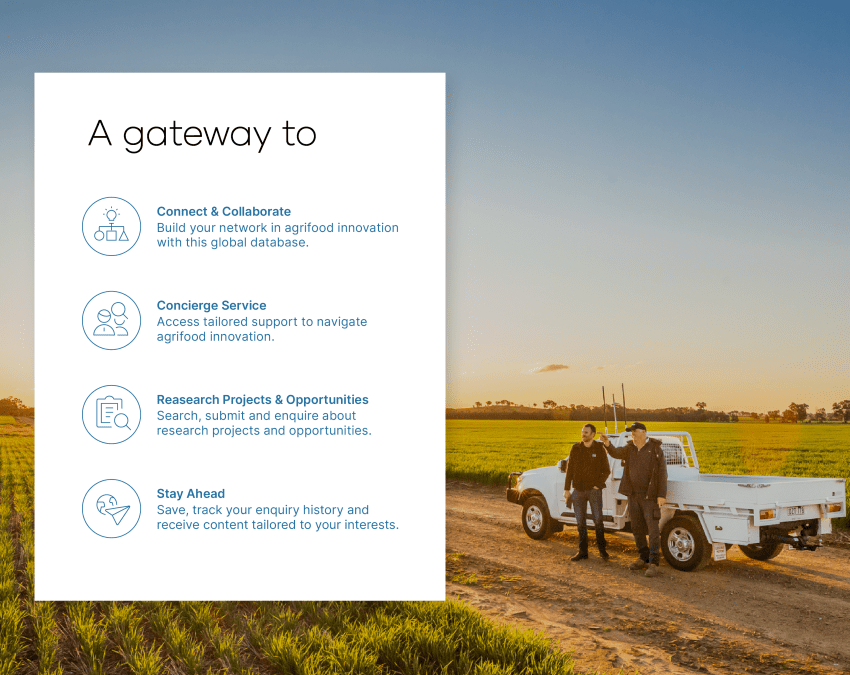
Where does water go? Visualising irrigation efficiency by time-lapse water monitoring
Understanding soil water content is fundamental to agriculture as it has implications for soil and water management, and will potentially allow producers and advisers to identify inefficiencies in water application rates and use. It can also be used as a research tool to potentially assist precision irrigation practices and to test the efficacy of different methods of irrigation in terms of water delivery and efficiency in water use in near real time.
This project uses electromagnetic inversion models to measure and monitor available water content, and to develop images in two dimensions (along a transect), three dimensions (across a field), and fourth dimension, across time. When these images are used to create digital soil maps, water-application efficiency can be determined using four different elements: methods (furrow vs bankless), soil types, locations, and climatic conditions.
Project date
Principal investigator
Research organisations
Project funded by

Focus areas
Industries
Technology areas
Related research projects
Search all research projects
-crop-850x675.png)
Have questions?
Find out how we can help you.
Find answers to our most frequently asked questions on research projects, commercial opportunities, organisations and more.
Still have questions or have feedback on the site? Please get in touch by completing our enquiry form.



